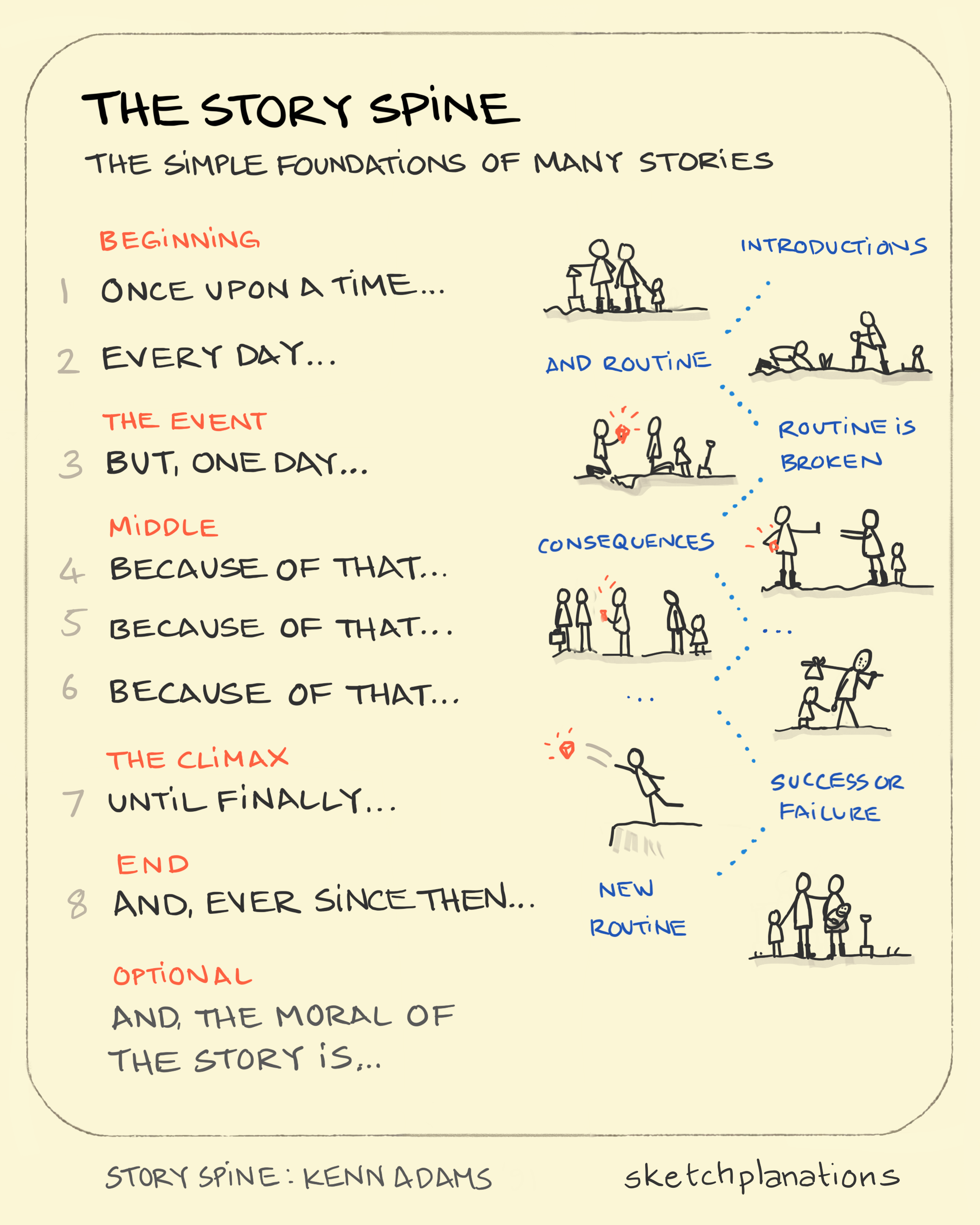Most stories die young—not because they weren’t beautiful, but because they were born spineless.
A few years back, I fell hook, line and sinker to the temptation of calling myself a storyteller. The aspiration became official and I got myself designated ( fortunately there was no push back from any quarter) as Chief Storyteller at our organisation ISD Global. Little realising the onerous responsibility that I was taking on.
Why Storytelling?
We have been telling stories for as long as we’ve been human–
They are an absolutely essential part of our day-to-day communications.
Storytelling can do wonders for a business such as:-
turn a brand into a legacy,
create a robust marketing strategy,
generate profit and..
win the loyalty and affection of audiences
Storytelling conveys purpose, and..
brands with purpose are the ones that ultimately stand out
and capture consumer’s hearts and wallets.
” Marketing is no longer about the stuff that you make, but about the stories you tell “– Seth Godin
A story without conflict is like a symphony without crescendo—technically music, but nobody’s holding their breath.
The stories that haunt us, change us, and refuse to let us sleep aren’t the ones where everything works out easily—they’re the ones where something meaningful hangs in the balance.
Filmmaking and storytelling are tweedle dee and the tweedle dum. For years we have been exposed to what is called ” The Hollywood Paradigm ” which translated to films following a default journey of begining with a set up, moving onto conflict and then culminating in a resolution(climax). That said, if your story can’t walk on its own two legs, don’t expect the audience to carry it on theirs. So,stop embalming weak plots with fancy prose; nobody remembers the makeup on a corpse.
At conferences and presentations a lot of us are keen to establish our identity, get our word out( our story) and then get onto the core of the matter(if at all)- but, the audience is not that keen to know how great you are but to understand what you can do for them. So, stop falling into the ‘ hero trap ‘.
Aesop’s Fables and our grandma stories were all about begining with ‘ Once upon a time ‘… and ‘ then one fine day ‘.. ‘ because of which ‘… ‘ till such time ‘..’ and ever since then ‘… You see the parallels here. This is what is called the Story Spine.

Storytelling connects us, helps us make sense of the world, and communicates our values and beliefs. The best stories are vertebrates: they walk, run, fight, and endure because they’ve got bones beneath the beauty.
A good story makes us think and feel, and speaks to us in ways that numbers, data, and presentation slides simply can’t. Plot is what happens. Spine is why we care. Don’t give your audience the itinerary without the destination.The spine of a story is its northern star, quietly guiding each sentence home.
A spineless story is like a handshake with no grip—forgettable the moment it ends, because nothing was ever truly at stake. Spineless storytelling will look like gossip wearing a tuxedo.
At the end of the day, stories don’t live because you told them beautifully—they live because they stood up when it mattered. If your story doesn’t have a spine, don’t bother dressing it up; the world doesn’t need another limp tale in designer clothes.
A story’s spine is its non-negotiable truth. It’s the unwavering core that makes every twist, turn, and character matter.
So, let’s stick our neck out for having some spine in our stories.
ENDS
